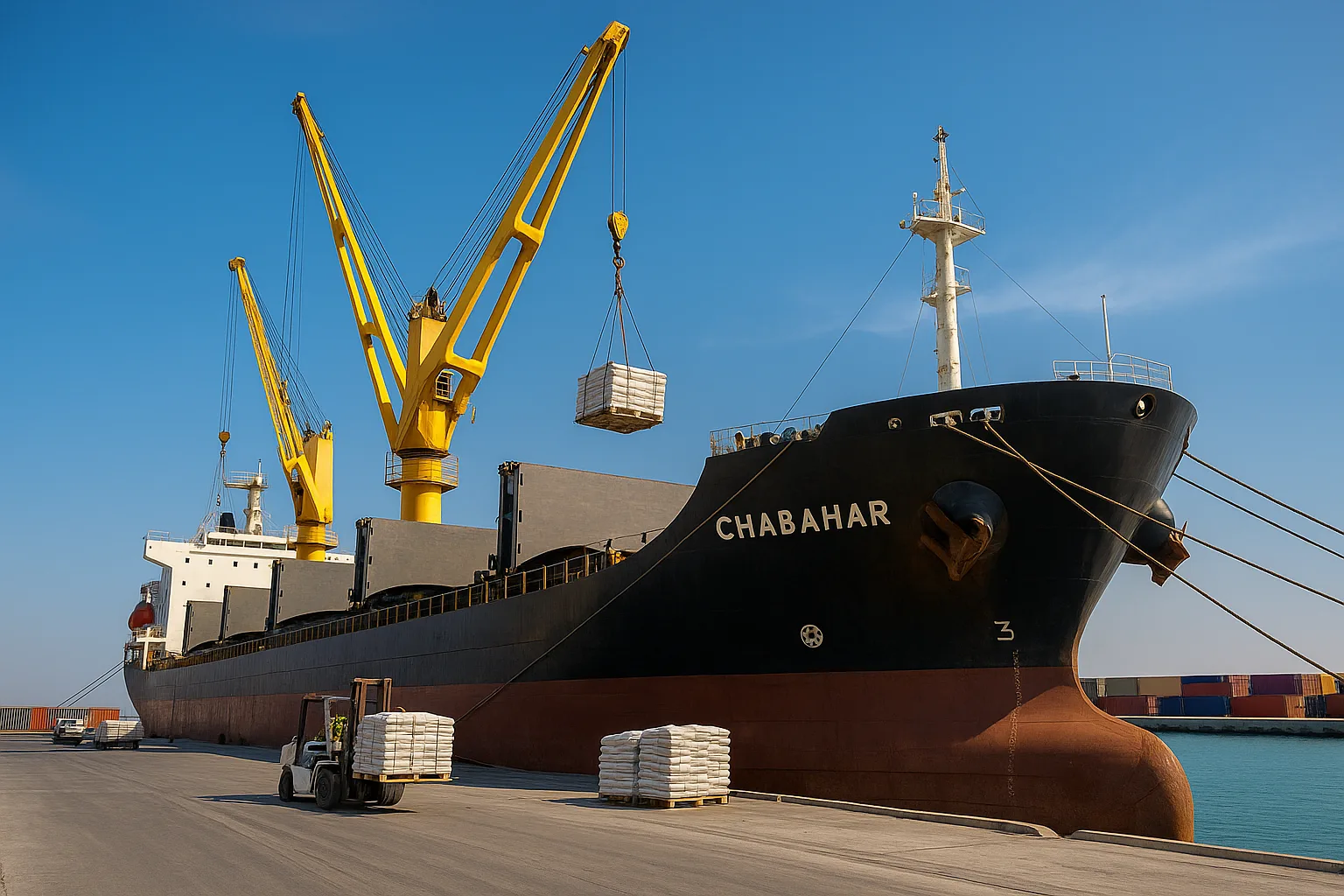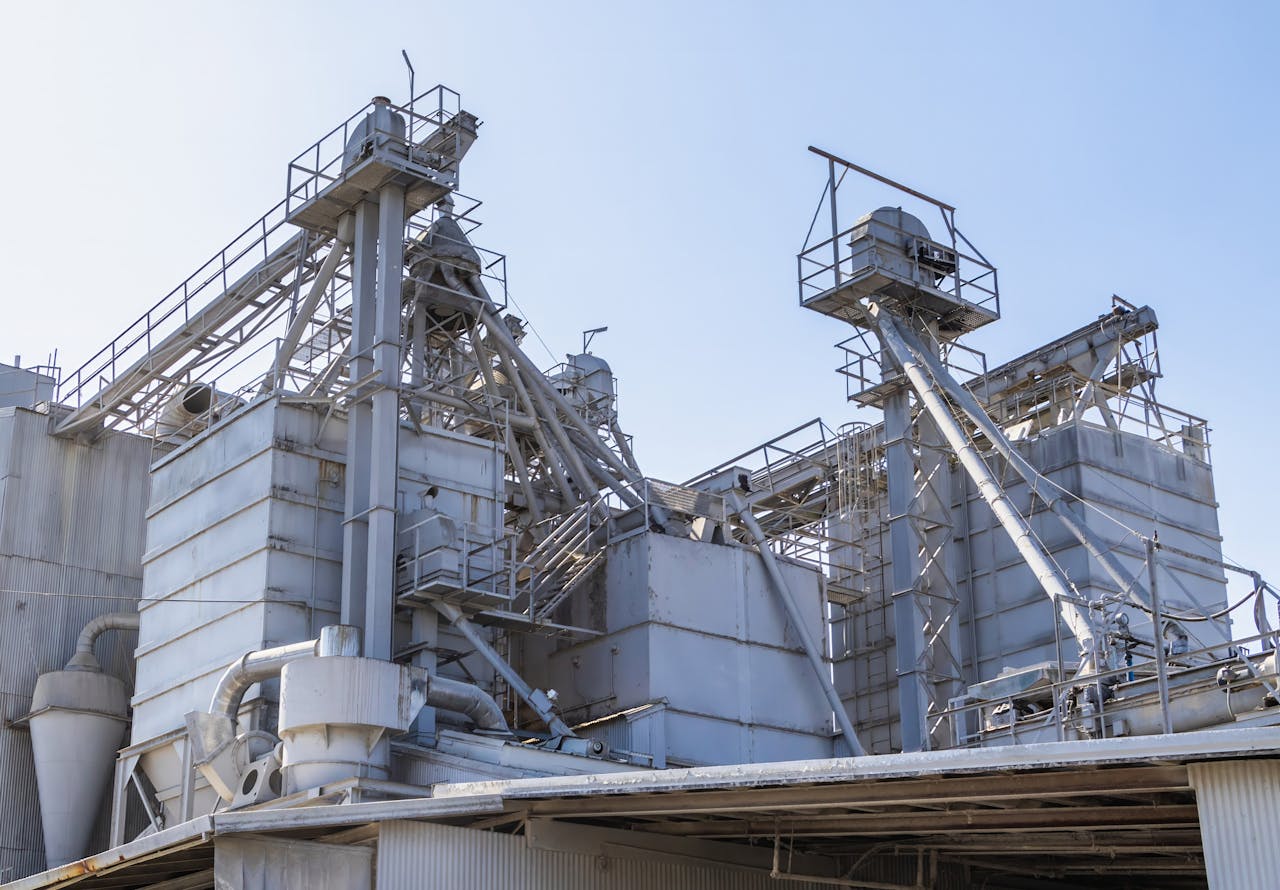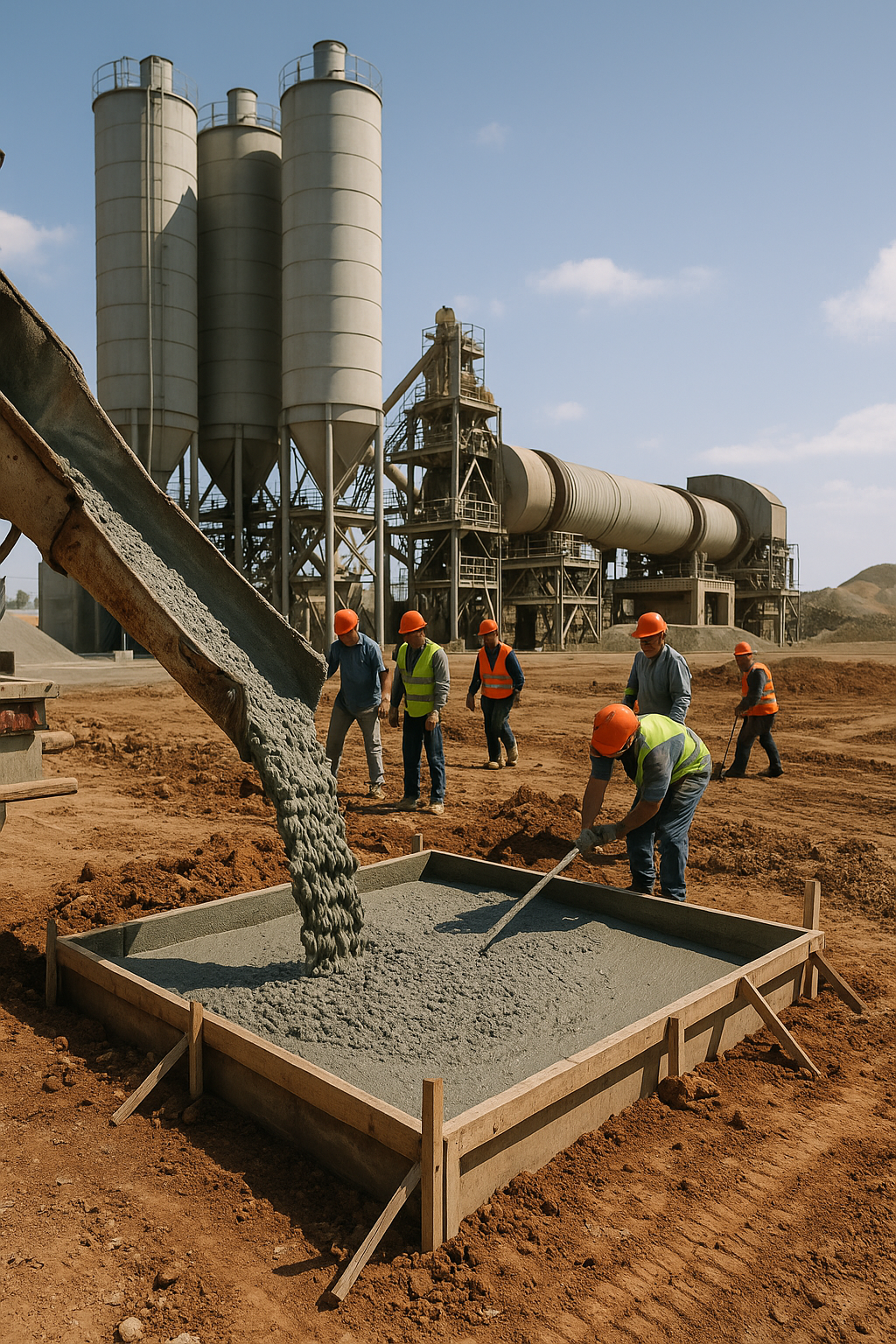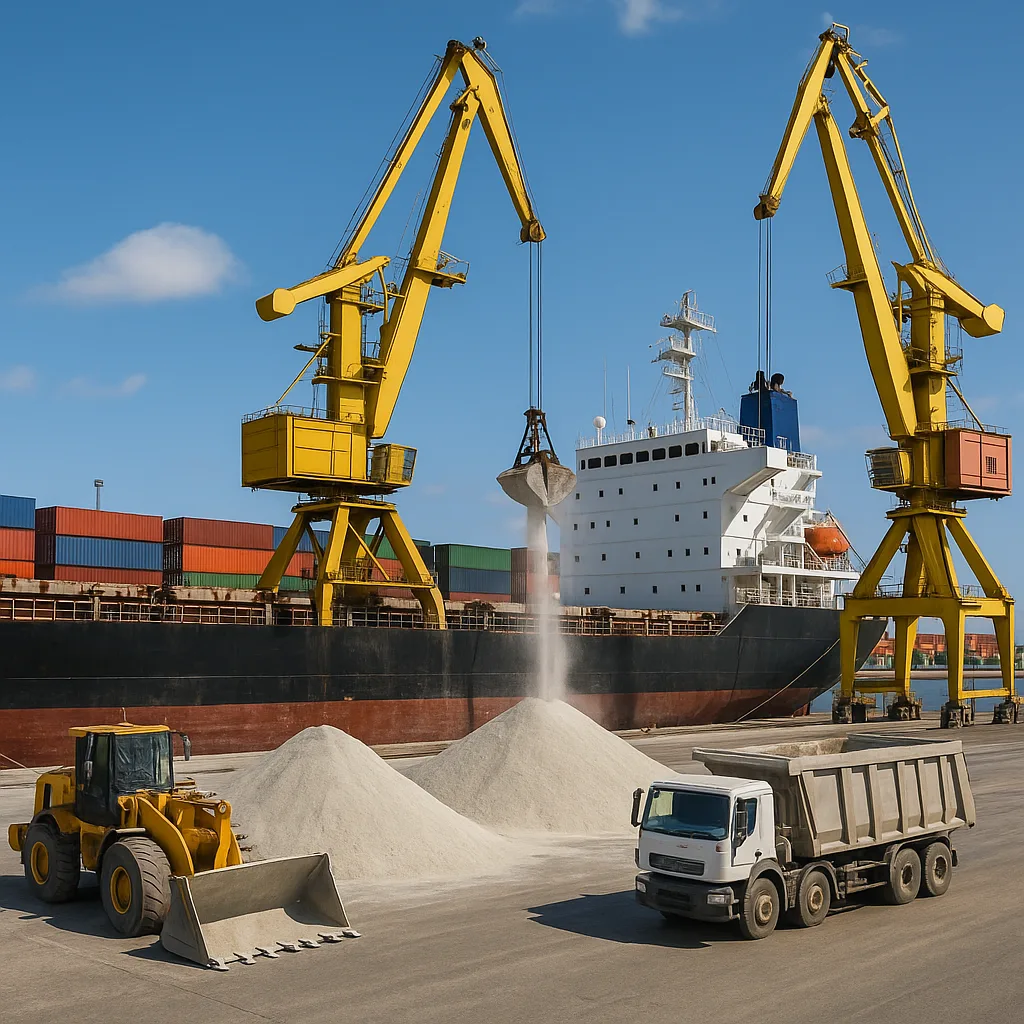
Introduction
Cement export Middle East is one of the fastest-growing segments of the global construction supply chain in 2025. With governments investing heavily in mega-projects, ports expanding their logistics capacity, and private developers focusing on luxury infrastructure, the region is now a prime market for cement exporters. Strategic planning for cement export Middle East starts with understanding demand drivers and port logistics.
From Saudi Arabia’s Vision 2030 projects to the UAE’s continuous push for smart cities and Qatar’s post-World Cup developments, demand for cement is rising across the GCC. For suppliers in Iran, Turkey, Pakistan, and beyond, the Middle East offers both challenges and unmatched opportunities.
In this article, we’ll explore demand drivers, pricing trends, logistics advantages, and why exporters like Karbin Cement are well-positioned to meet the needs of this expanding market.
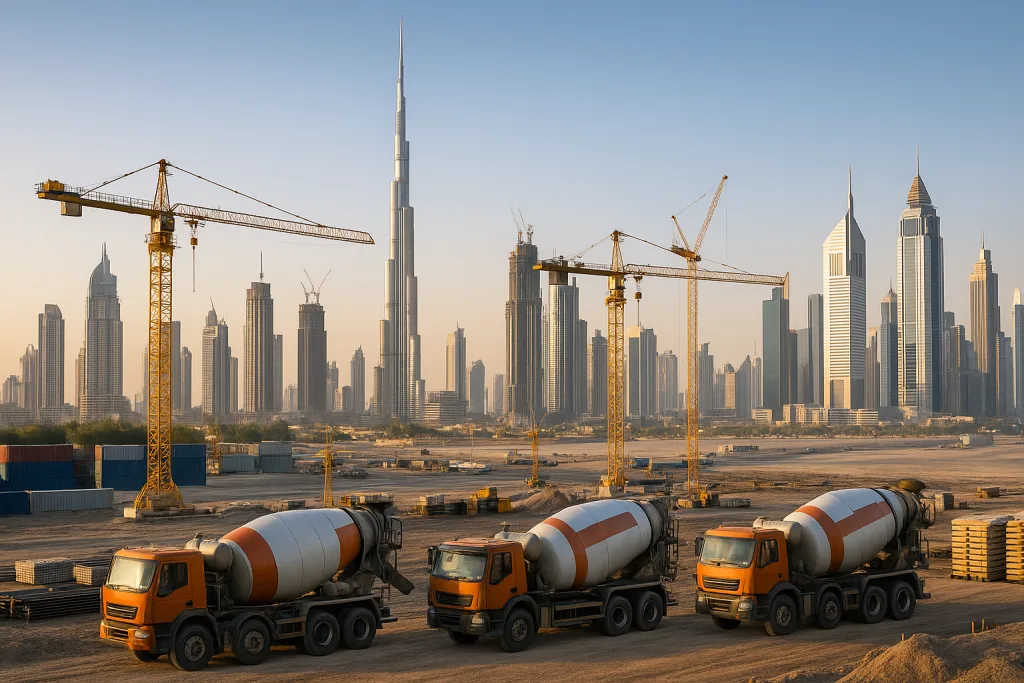
Cement Demand in the Middle East
Cement is the foundation of modern development, and the Middle East is currently one of the most active construction regions in the world.
- Saudi Arabia – Billions are being invested in NEOM City, a futuristic mega-city with sustainable infrastructure.
- UAE – Dubai and Abu Dhabi continue to expand their skylines, luxury villas, and port facilities.
- Qatar – Following the World Cup, large-scale infrastructure and urban projects are underway.
- Oman & Bahrain – Growing residential demand and coastal projects are driving imports.
According to Global Cement Market, cement consumption in the GCC is expected to grow by 4–5% annually through 2025, making the region one of the most attractive for exporters. These city scale projects directly increase cement export Middle East volumes year over year.
Key Drivers of Cement Export Growth
Four core forces are accelerating cement export Middle East in 2025: megaprojects, urbanization, oil diversification and logistics upgrades.
Government Megaprojects
Large-scale developments like NEOM, The Red Sea Project, and Dubai’s smart city plans require millions of tons of cement.
Urbanization & Population Growth
With populations rising, the demand for housing, schools, and infrastructure continues to surge.
Oil Diversification
As Gulf nations diversify away from oil, investment in construction and tourism infrastructure is accelerating.
Logistics & Ports Expansion
Middle Eastern ports (Jebel Ali in UAE, Sohar in Oman, Hamad in Qatar) are expanding to handle more imports and re-exports, making logistics smoother for cement exporters.
For suppliers, these shifts make cement export Middle East a sustained, multi‑year opportunity.
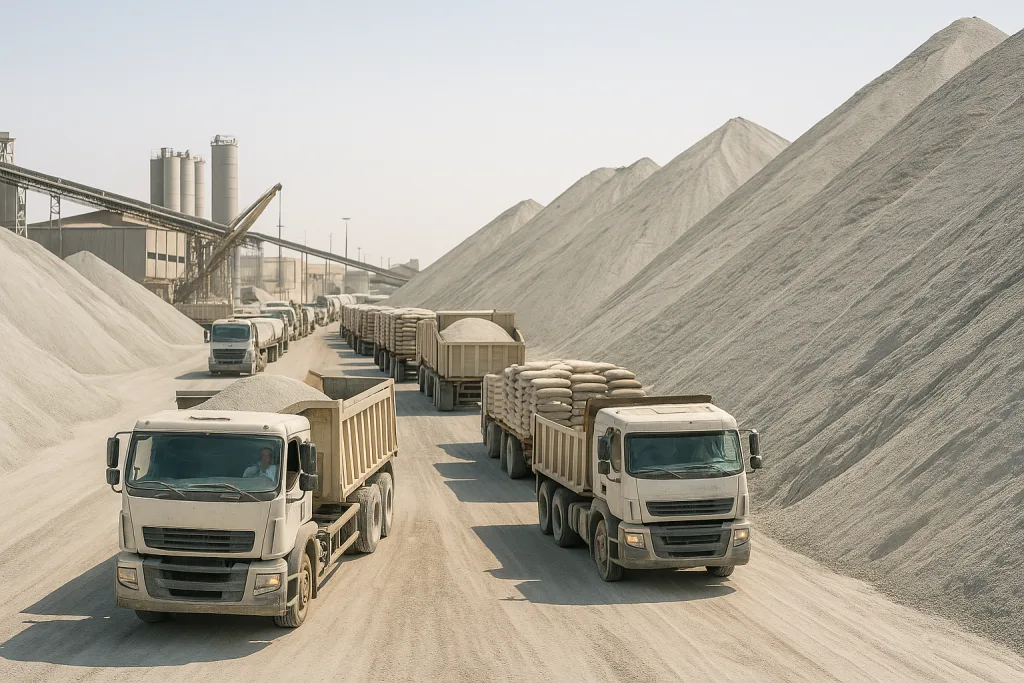
Challenges Facing Cement Export in the Middle East
Price competition is the hardest constraint in cement export Middle East, especially against regional producers. While opportunities are significant, cement exporters face hurdles:
- Price Competition – Turkey, Iran, and Pakistan often compete aggressively on pricing.
- Environmental Regulations – New CO₂ emission standards may raise production costs.
- Supply Chain Constraints – Shipping disruptions or rising freight costs can impact delivery schedules.
- Currency Fluctuations – Importers and exporters face risks from exchange rate changes.
For exporters, success lies in balancing competitive pricing with reliable delivery and compliance with regional standards.
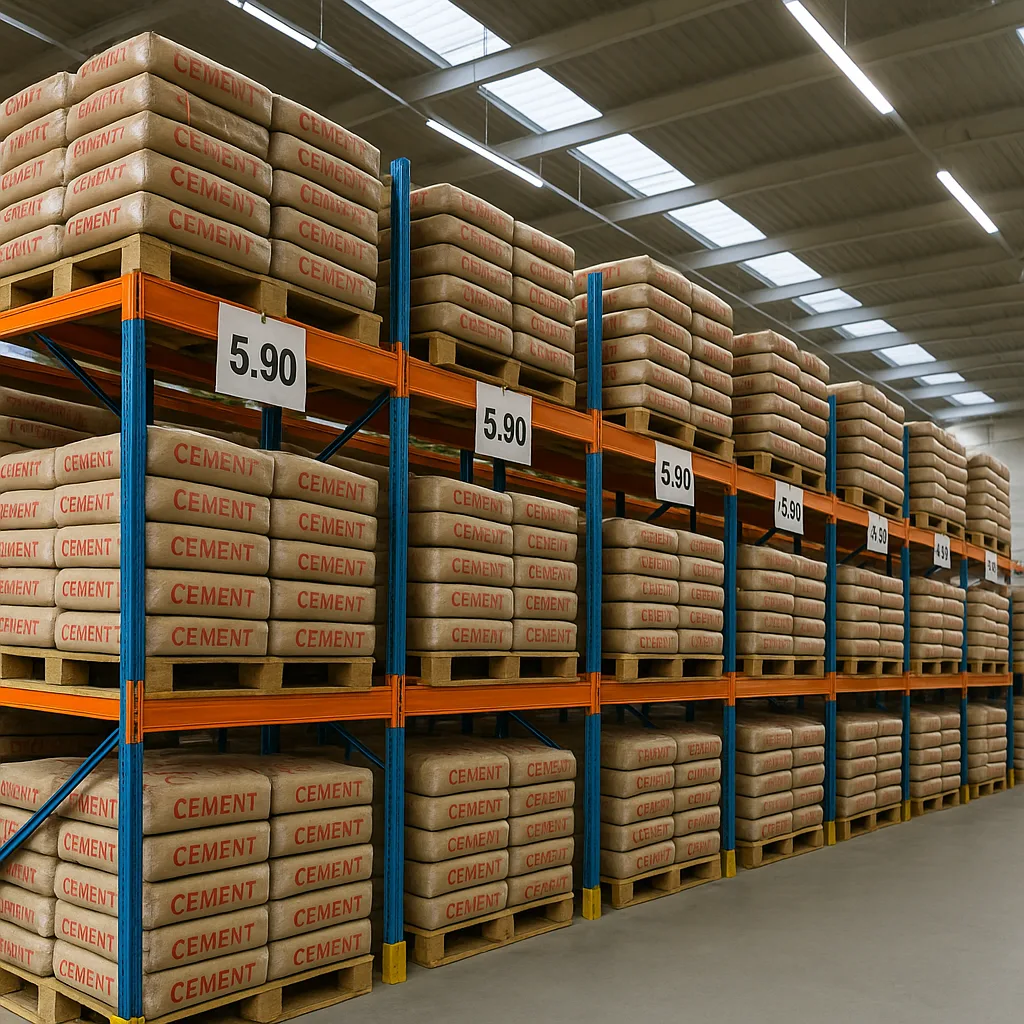
Cement Export Middle East – Pricing Outlook 2025
Stable freight can preserve margins in cement export Middle East, particularly on grey and clinker lanes. Pricing is a critical factor for importers.
- Grey Cement – Average export price: $40–$55 per ton
- White Cement – Average export price: $120–$150 per ton
- Clinker – Average export price: $28–$35 per ton
Analysts expect prices to remain stable in 2025, though regional logistics costs (shipping fuel, port charges) will influence final delivery rates.
Exporters with proximity to GCC ports, like Karbin Cement via Chabahar Free Zone, have a strong competitive advantage in pricing.
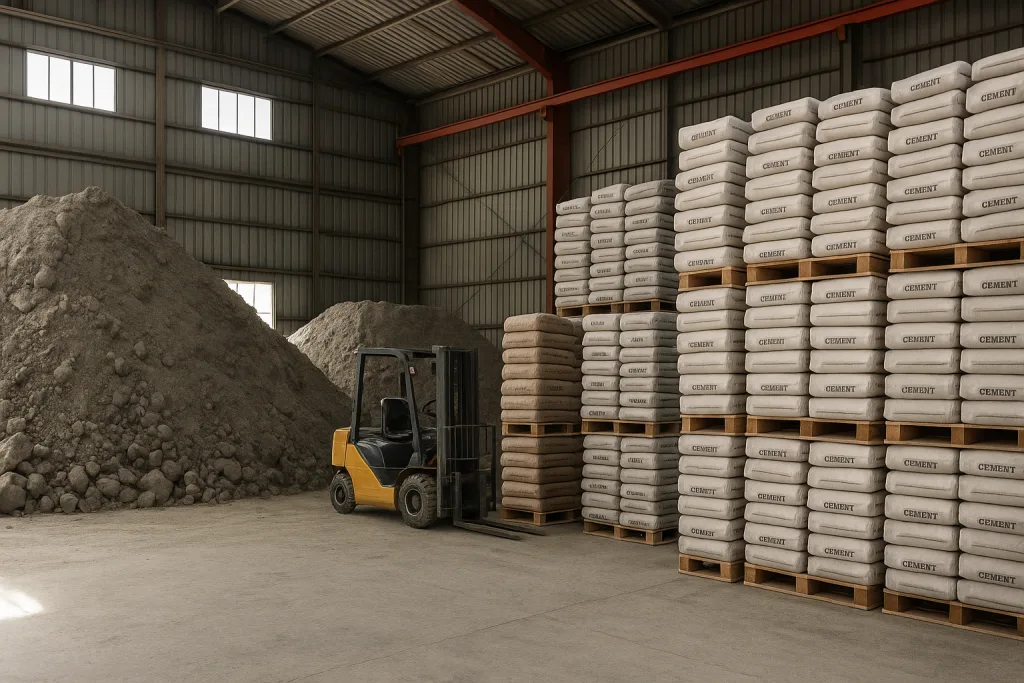
Cement Export Middle East – Opportunities for Exporters
Niche products are reshaping cement export Middle East, from sulfate‑resistant mixes to premium white cement. Exporters targeting cement export Middle East markets should focus on niche demand segments:
- Sulfate-Resistant Cement – Essential for seawalls, ports, and marine foundations exposed to saltwater.
- White Cement – In demand for luxury villas, decorative interiors, and architectural projects.
- Clinker – Many GCC countries prefer importing clinker to grind locally, reducing costs.
- Bagged Cement for Retail – Growing demand in residential and small-scale construction.
By tailoring supply options, exporters can maximize profitability and capture different parts of the GCC market.
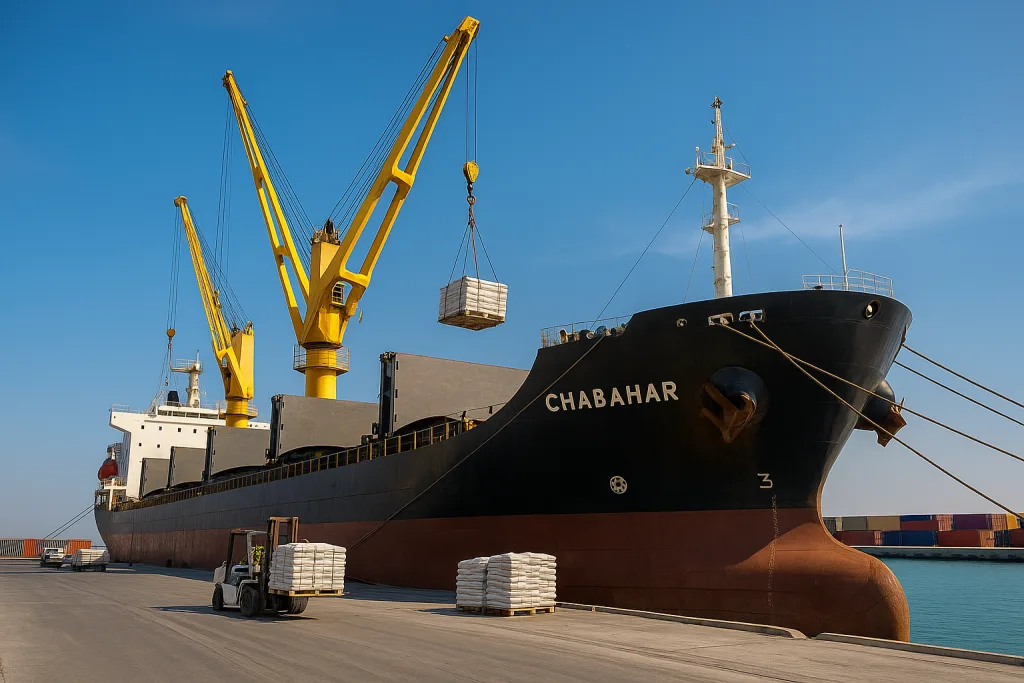
Why Chabahar Port Is Strategic for Export
Shorter sailing times strengthen cement export Middle East economics for UAE and Oman deliveries. Iran’s Chabahar Port is emerging as a major hub for cement exports.
- Geographic Advantage – Direct access to the Arabian Sea, bypassing congested northern routes.
- Proximity to GCC – Shorter transit times to UAE, Oman, and Qatar.
- Free Zone Benefits – Lower tariffs and better logistics flexibility.
- Scalability – Large storage and bulk handling capacity for cement, clinker, and packaged goods.
For Karbin Cement, this location allows competitive pricing and reliable supply to Middle Eastern buyers.
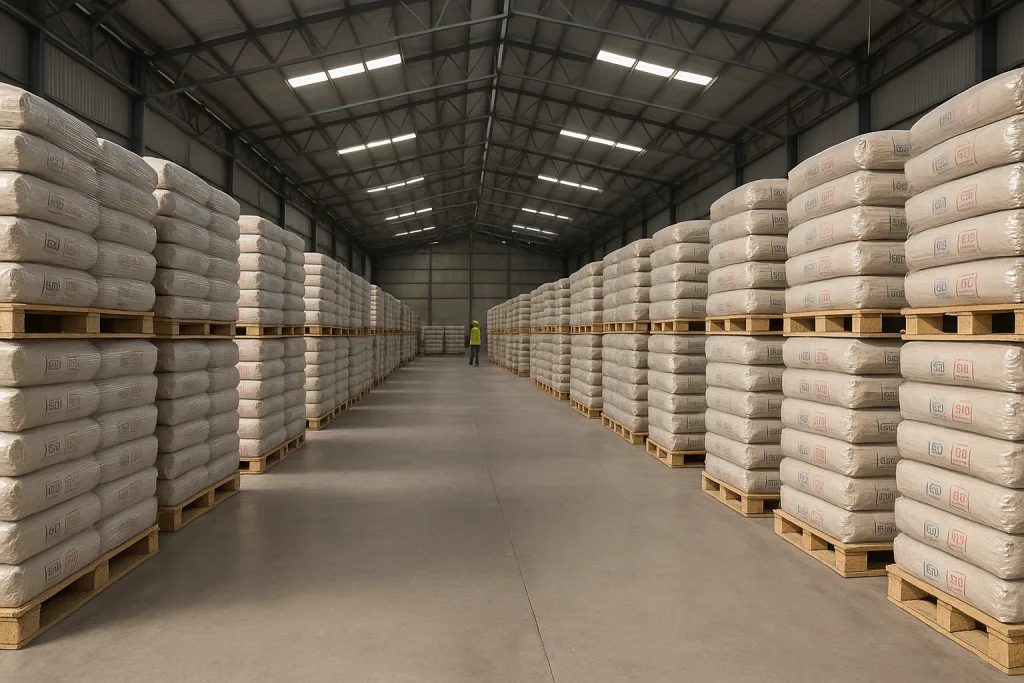
Karbin Cement’s Export Advantage
Our product mix and routing are designed for cement export Middle East at competitive, reliable terms. At Karbin Cement, we provide:
✔️ Cement Types: Type 1, Type 2, White Cement, Sulfate-Resistant Cement, Clinker
✔️ Packaging: Bulk shipments, 50kg bagged cement, private labeling options
✔️ Logistics: Direct exports via Chabahar Free Zone
✔️ Certification: ASTM, EN, and ISO standards compliance
FAQ
Q1: Is cement demand growing in the Middle East?
Yes, cement consumption in the GCC is growing by 4–5% annually, driven by megaprojects and urbanization. The best lanes for cement export Middle East depend on port choice, seasonality, and product grade.
Q2: Which cement type is most exported to the GCC?
Grey cement and clinker lead the market, though white cement demand is growing for luxury developments.
Q3: What is the average cement price per ton in 2025?
Grey cement averages $40–$55 per ton, white cement $120–$150, and clinker $28–$35.
Q4: How fast can Karbin Cement ship to UAE or Oman?
Through Chabahar Port, shipments can reach UAE and Oman ports in just a few days, faster than northern routes.
Conclusion
Long‑term demand signals make cement export Middle East a high‑priority market for global suppliers. Cement export Middle East is set to remain one of the most profitable markets for exporters in 2025. With GCC megaprojects, sustainable infrastructure development, and rising demand for specialized cement types, suppliers have enormous opportunities.
By leveraging logistics hubs like Chabahar Port and offering a full range of cement products, Karbin Cement ensures reliability, compliance, and competitive pricing.
Get a tailored cement export Middle East quote with current freight and lead times. Request a Quote from Karbin Cement today to explore cement export opportunities to the GCC.
